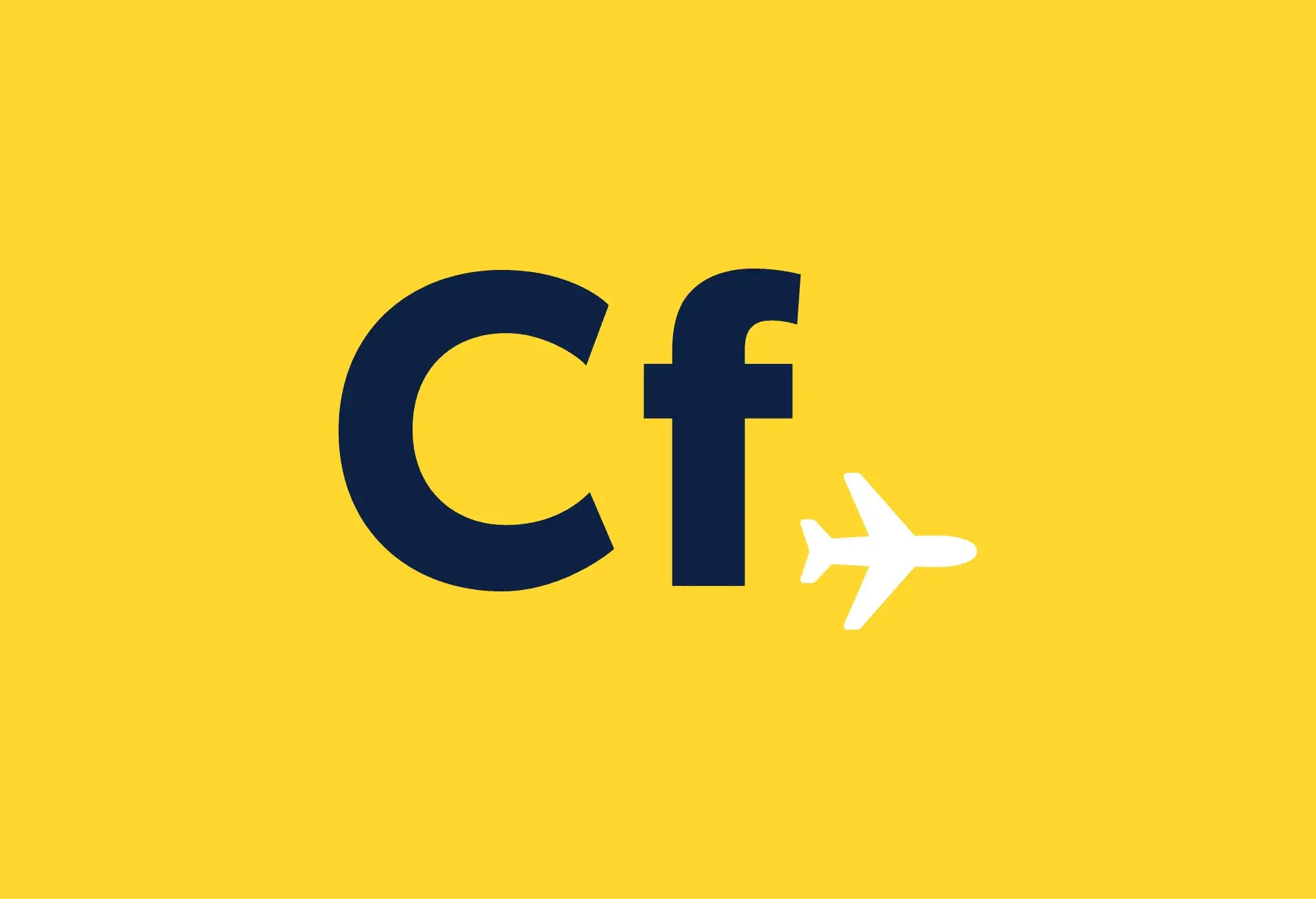The tonal language of Vietnamese looks readable, but it’s not. That “o” you’re mispronouncing probably sounds more like an “uh?”, and you’ve just insulted your waiter’s mother. Bad luck.
But look, here’s a guide to vaguely communicating in certain common situations in a way that will hopefully seem cute or charming – but if you end up getting punched in the stomach, then it’s totally your own fault. (Featured image by EverJean.)
Tieng chao
“Tieng chao” is a simple “hello” that you’ll mess up time and again. Imagine you’re saying goodbye to an Italian transgression against God and say “sin ciao”. This won’t make any sense to anybody, but that is literally the best you will do.
Cam on
“Cam on” means “thank you”, but when you say it, it ought to sound a bit like you’re saying “gammon” with a Geordie accent. It is an endlessly useful phrase in Vietnam, especially when combined to make “khong cam on” – a phrase you will say every five seconds whilst shaking your head as you walk around any touristy areas full of eager street hawkers.
Ca phe da
Ice coffee, or “ca phe da”, is the most essential fluid in Vietnam. The sumptuous flavour of the country’s coffee combined with the icy refreshment demanded by the sweltering temperatures guarantees you will be ordering a few of these.
Try pronouncing it “café day?” with a questioning inflection at the end. You’ll still sound unintelligible, but hey you’re trying.
Mot, hi, ba, yo!
You’ll certainly be saying this toast if you have a few drinks with locals – the Vietnamese love a casual drink, especially while relaxing on little plastic chairs in the street and watching the world go by. “Mot, hi, ba, yo,” literally means “One, two, three, cheers,” giving you a handy countdown to coordinate your toast.
Unfortunately you’ll probably end up pronouncing it as if you’ve just noticed your friend Mohammed, abruptly greeted him before departing, and then casually hailed someone else like you’re in the 1990s…. “Moe! Hi! Bye! Yooooo!”
Cai nay bao nhieu?
This is a question integral to the haggling process that you will encounter in every transaction and purchase – “How much is it?” When trying to pronounce this question, it’s best to imagine that the merchant has that trendy name Kai and you’re telling them it is nearing the time you purchased a new crossbow – “Kai nigh bow new”.
You will inevitably be indignant when you hear their initial price and you will then need to say “Qua nhiey tien”, or rather “too much money”.
It is best to attempt this phrase with the stutter of indignation invoked by all when the theory of gravity was first revealed: “K-wha’ Newton!” Then just resort to storming off and they’ll drop their price immediately.
Nam / nu
Less a phrase and just the legend you’ll see on bathroom entrances. “Nam” means “man”, and “nu” means “woman”. Sometimes they’ll have little pictures with pronounced 19th-century hats, but other times you won’t have any clues at all.



